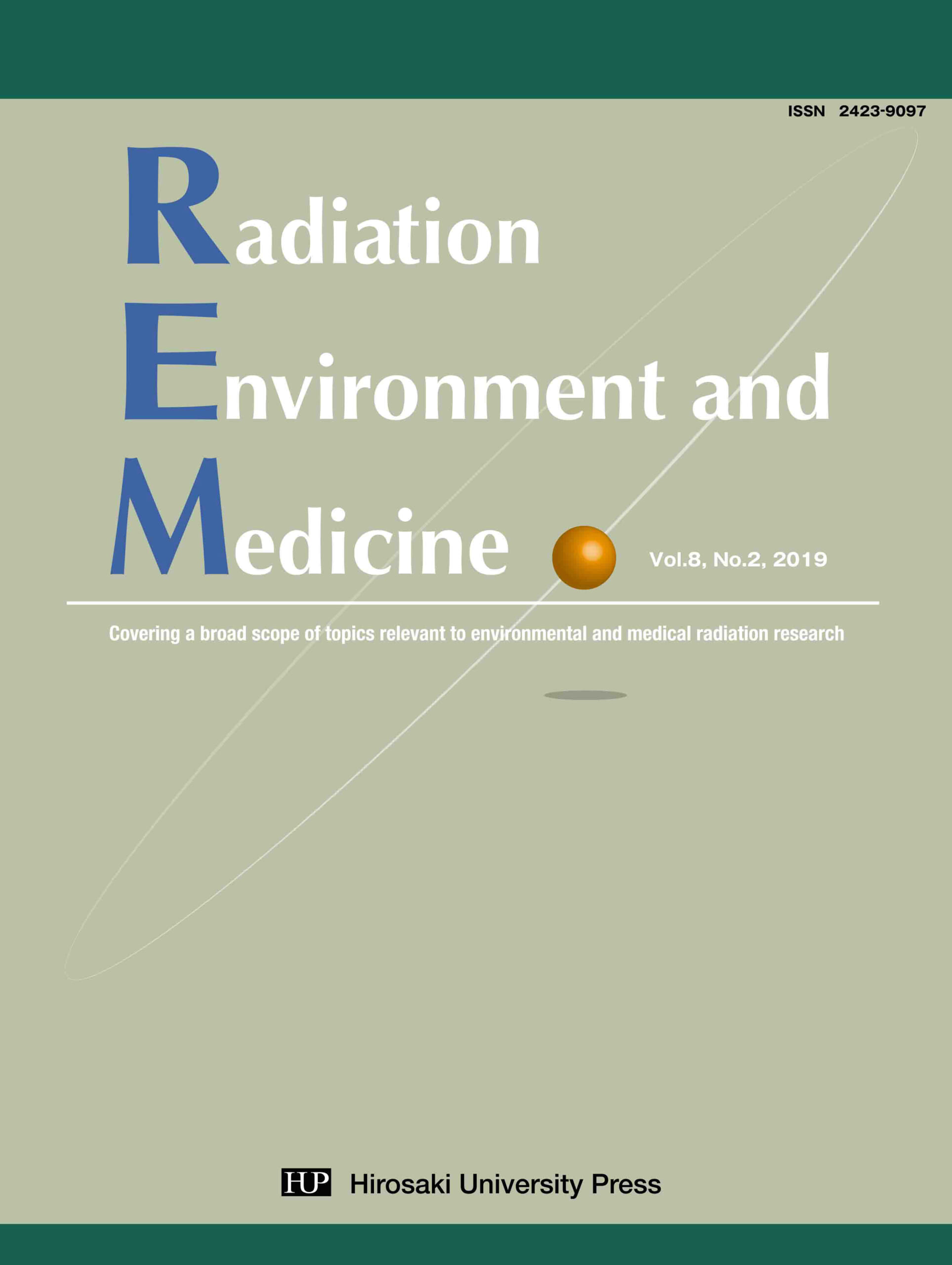Radiation Doses to Practitioners Caring for Victims of a Radiological Accident
View article content
Jason Davis*
Oak Ridge Institute for Science and Education, Oak Ridge Associated Universities, Oak Ridge, TN 37830, USA
Radiat Environ Med(2019)8(2): 39-44
- Abstract
- Introduction: Nuclear and Radiological incidents present unique patient care challenges.
Traditionally, the focus of radiological incident preparedness has been nuclear power plant
accidents. Emergency response planning now has a broader focus and addresses a range of
nuclear and radiological emergencies including acts of terrorism.
Basic actions of responders to radiological emergencies should not differ, in general, from those
taken in response to emergencies involving other hazardous material. The purpose of this project
was to model the potential radiation exposure to first responders and in receiving healthcare
facilities.- Methods: Radiation doses to medical personnel were modeled both empirically and via computer
modeling. Simulated isotopes were selected based on their likelihood of being present during
a radiological incident, as well as their radiological characteristics. Working backward from a
regulatory dose limit, the amount of material on or in a victimʼs body needed to produce such a
dose was determined.- Results: Calculations estimate a dose rate of 0.67 mSv h-1 to a practitioner caring for a Chernobyl
accident victim with 1,400 MBq of I-131 in the thyroid. A practitioner caring for a hypothetical
patient uniformly contaminated with 60Co, 137Cs, or 192Ir would be able to stay in close proximity to
the patient for 18.1, 33.7, or 54.7 hours, respectively, before they reached the IAEA threshold dose
for lifesaving activities.- Conclusion: Information presented here may be used to educate healthcare workers on the
relative risk of lifesaving activities following a radiological or nuclear incident. The research
presented here can also be used to provide additional information that an Incident Commander
can use to make more informed decisions about evacuation, sheltering-in-place, defining radiation
hazard boundaries, and in-field radiological dose assessments of the radiation workers, responders, and members of the public.
Key words: emergency response, accident, dose assessment



